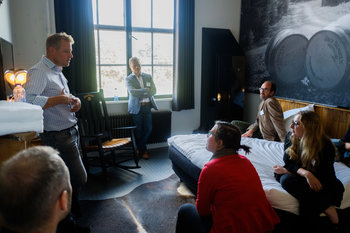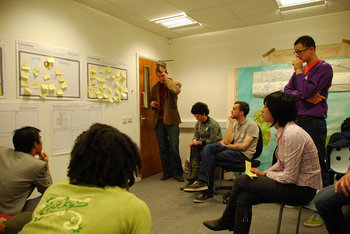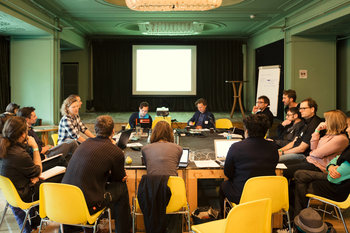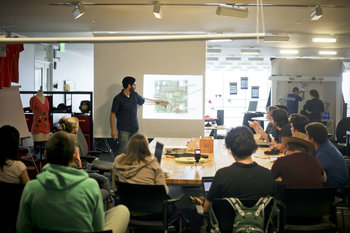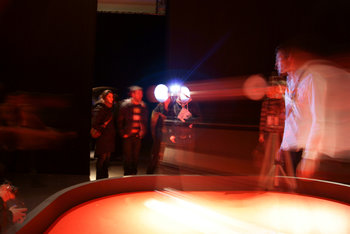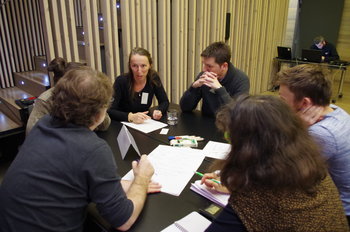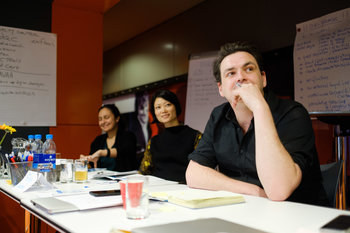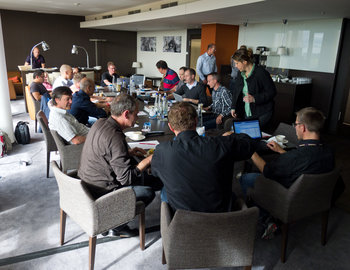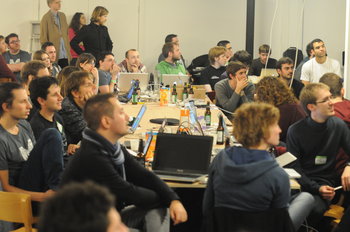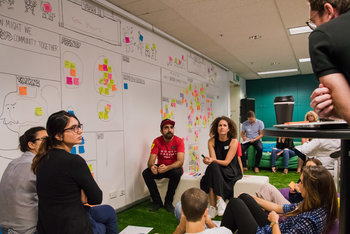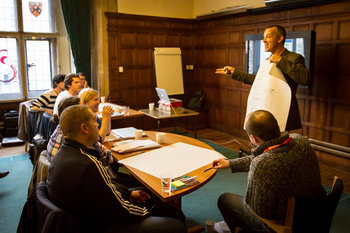
Brand Culture | Customer Advocacy |
Design by Long Tail | Design to Cost |
Design to Cutting Edge | Design to Experience |
Design to Trend | Design to Value |
Design to the Edges | Distinctive Capability |
Figure of Merit | Marketing Myopia |
Minimum Viable Product | Naive Design |
Product Improvement | Product Visionaries |
Service Culture |
Brand Culture
Brand culture is the the consumer culture that surrounds your products. Some firms are immersed in brand culture such that employees are well versed in customer needs. For example, a yoga wear company where all employees are into yoga.Customer Advocacy
A firm that uses customer feedback to drive product design. This requires internal customer advocates who spend time with customers and advocate on their behalf. For example, a hotel with customer advocates at the front desk who influence everything from menu items at hotel restaurants to billing policies to interior design.Design by Long Tail
A firm that has the public submit product designs to benefit from the long tail.Design to Cost
Design to cost is a push to reduce unit cost or to shape cost to fit to price points. For example, a solar panel company that reduces unit cost each quarter where cost reduction is baked into the culture.Design to Cutting Edge
A firm that seeks market share with cutting edge functions and features. For example, an office software product that is bloated with thousands of features that keeps piling on more features nonetheless.Design to Experience
Firms that focus on customer experience through product design. For example, a luxury fashion company that spends immense resources on things such as the unboxing experience such that product packaging is viewed as a competitive advantage.Design to the Edges
Design to the edges is the practice of making a design accessible to a very large target market. For example, a video game designed to be a cross-generational experience that is popular with all ages.Design to Trend
A firm driven by product trends or that tries to lead product trends. For example, a sunglasses company that emulates trends spotted in fashion capitals.Design to Value
Design to value seeks to maximize quality such as a pillow company that seeks to eliminate VOCs in its products while at the same time seeking comfortable and luxurious designs.Distinctive Capability
A distinctive capability is an economic moat whereby you do something valuable that your competitors can't match. For example, a chip manufacturer that has deployed 2nm, 3nm and 4nm fabrication before all other competition.Figure of Merit
A figure of merit is a product measurement that drives customer purchase decisions. For example, a solar panel company that has more efficient panels than the competition such that they dominate the market for high-end solar systems.Marketing Myopia
Marketing myopia is a failure to adapt to change whereby a firm believes that product improvements that worked in the past will continue to work in the future. For example, an automobile manufacturer that finds sales and margins improve every time they increase the size of their SUV and truck models that continues with this path even when consumers have changed their preferences in the direction of fuel efficiency and ease of drive.Minimum Viable Product
Minimum viable product is an approach to innovation whereby you get a product in front of customers as quickly as possible and update it in quick cycles driven by real world customer data.Naive Design
Naive design occurs when those designing products have never used the product in the real world. For example, a designer of baby carriages who has never pushed a baby carriage.Product Improvement
A culture of incrementally improving a product without any dramatic redesign. This often occurs with a dominant product whereby firms are hesitant to disrupt the status quo. In the long term, this is likely to resemble marketing myopia whereby the firm becomes unable to respond to change to the market.Product Visionaries
A firm lead by product visionaries who lead new paths in markets. For example, a streaming media company that is able to develop brilliant content that gets attention year after year.Service Culture
Service culture is the basic customer service attitude and habits of a firm whereby some firms manage to maintain a diligent, helpful and kind approach to customers and others end up with an antagonistic approach to customers.| Overview: Product Culture | ||
Type | ||
Definition | A company culture that is focused on product management, design and experience. | |
Related Concepts | ||















